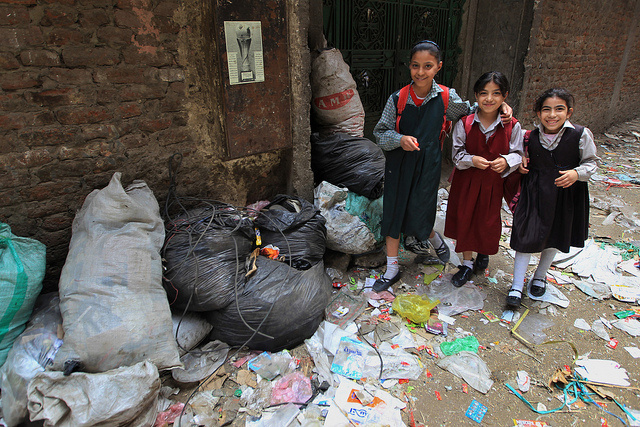
Cairo has a waste problem that is too big for its public funding agencies and the Zabbaleen waste pickers to solve by themselves. It is one of the largest cities in the world of over 17 million inhabitants, producing more than 15,000 tons of waste every day.
According to the World Bank, only 60% of all trash is properly collected, leading to a 0.4 – 0.6% loss of gross domestic product (GDP) to the Egyptian economy as a result. A combination of private, public and informal (Zabbaleen) collection techniques has not been able to keep up with the growth of municipal waste, and as a result, the city is facing an environmental, health, safety, and economic crisis that cannot be resolved through this current approach.
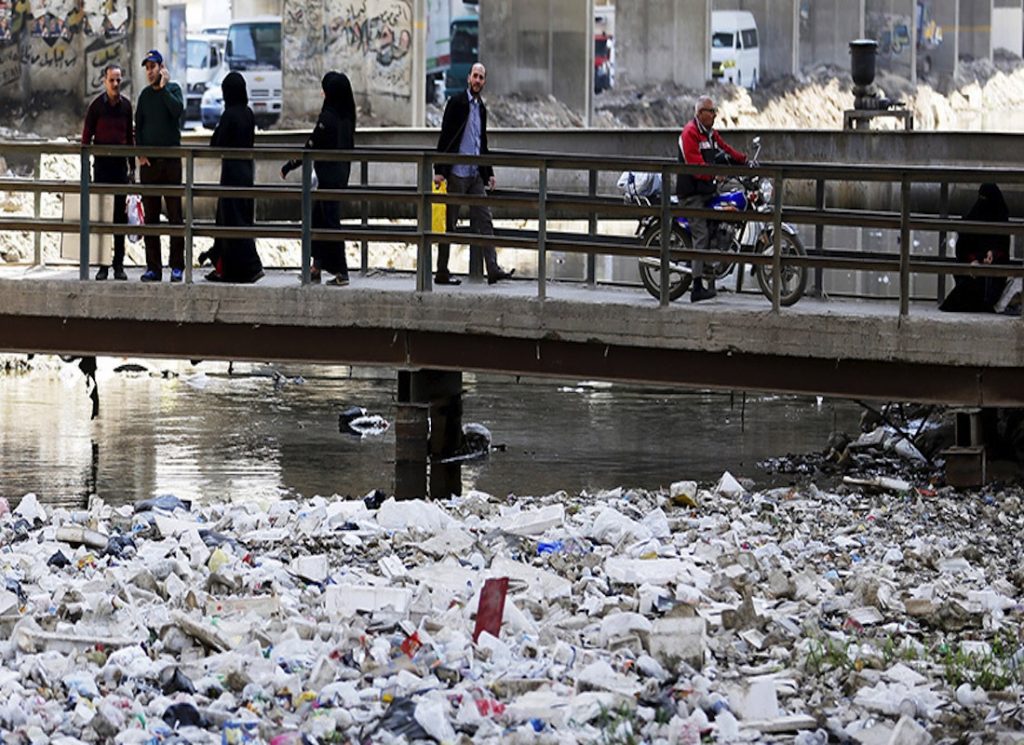
Of course, environmental waste is not the greatest problem facing the Egyptian people, with 28% of the total population living in poverty, and a large percentage of those living in Cairo. Why should the Egyptian people focus on a waste problem when such a large percentage of the population does not have enough resources for adequate food and water?
It might surprise you that a greater focus on waste management is not only possible without increased public funding, but also that it will lead to a positive multiplier effect that will reduce poverty in the process. It just requires public policy to look at this problem much different from the past.
The problem with traditional waste management strategies in both developed and developing nations is that it is deemed as separate rather than tied to the existing supply chain system that brings products to the market.
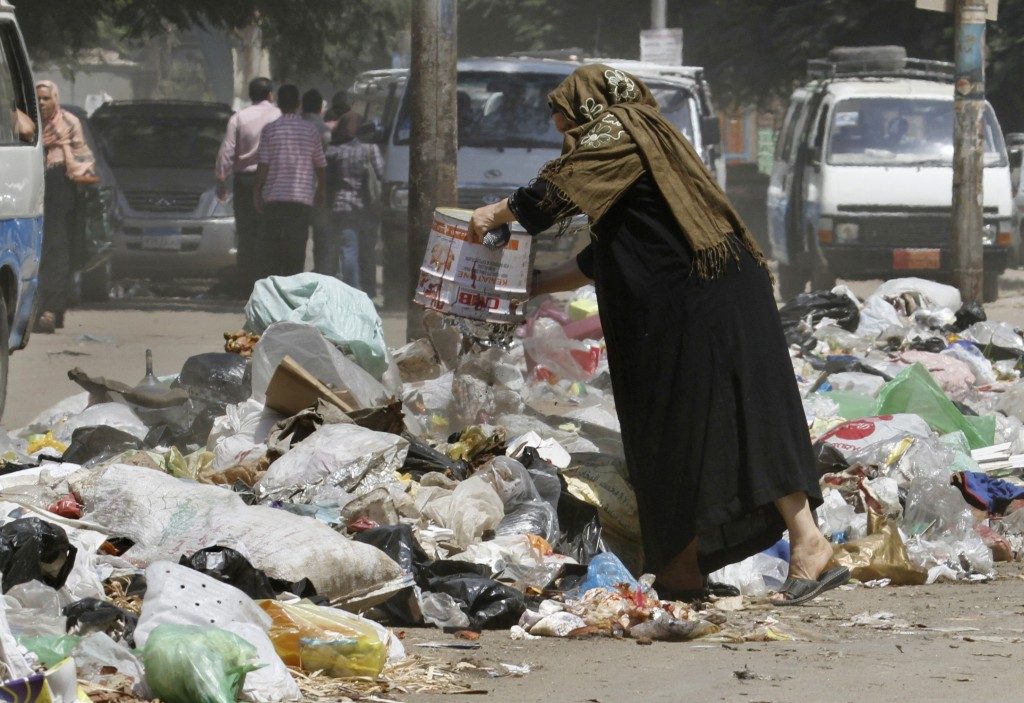
In the developing world, this is less of a problem; in my home country of the United States, there are enough and affordable landfills to whisk away all the trash and to bury it legitimately without any impact to the economy or the environment.
In fact, the waste management system in the U.S. leads to economic growth as a result, with little downside.
In Sweden, the nation where I studied for my Ph.D., nearly all waste is collected and processed, even if it isn’t used, and none of it is land filled through a very expensive public program. Neither of these options are possible for Egypt due to cost and culture. Rather than trying to replicate what works in the U.S. or Sweden, nations like Egypt should seek to develop supply chain systems that treat waste as a resource rather than a detriment, developing systems meant for its culture and economy.
Unlike the nations of the developed West, Egypt’s supply chain systems cannot afford to waste resources, natural or otherwise. Instead it must develop a true closed loop model that connects its consumer market supply chain to how waste materials are collected for reuse.
This can be done through a combination of public, private and Zabbaleen resources, but must be connected to the consumer market supply chains (Coca Cola, Nestle, etc.), and must be built for how Egyptian markets and municipalities work. I believe that this approach will create a paradigm shift in not just how consumer markets work in Egypt, but how these markets must coexist within communities in order to reduce poverty and improve the environment.
How will such transformation occur? It starts with Cairo’s main innovation driver, the Zabbaleens because, as I have found across the developing world, the informal waste picker channel is more efficient than the public and private sectors of today.
Mapping the conventional consumer supply chain system to the informal waste picker engine and the public/private networks enables a new approach to supply chain systems that has a greater probability for success in places like Egypt. Next, the goal is to use Lean Six Sigma structured problem-solving techniques to optimize today’s conventional consumer market supply chain system to Cairo’s informal waste management system, and then add in other public and private systems as well.
Through a value stream mapping approach to connect how consumer product supply systems can work more effectively with an Egyptian cultured approach to waste management can lead to a closed loop model.
After these exercises have been undertaken, the final step is to apply best practices in chemical engineering to be able to de-polymerize and re-polymerize the plastic in a closed loop resource stream process. All the technologies required to turn Cairo’s waste into resources for its people are available today if the view of supply chain systems is to be transformed.
If Egyptian policymakers and innovators can shift their thinking of waste from something to ignore to
how to use it as a resource, today’s trash can become tomorrow’s economic feed-stock. The Egyptian
economy can certainly use new methods of innovation, so now’s the time to begin!

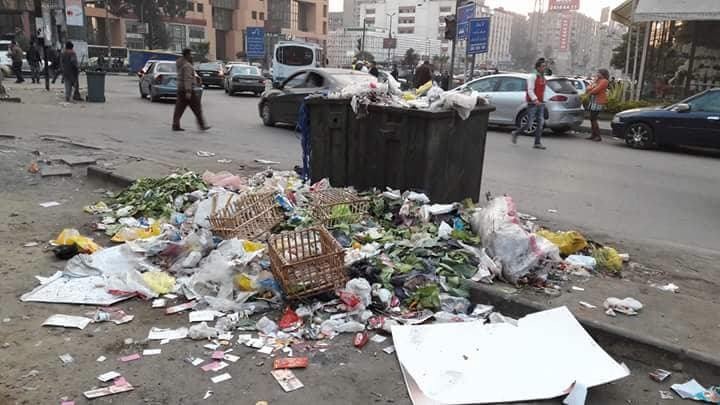
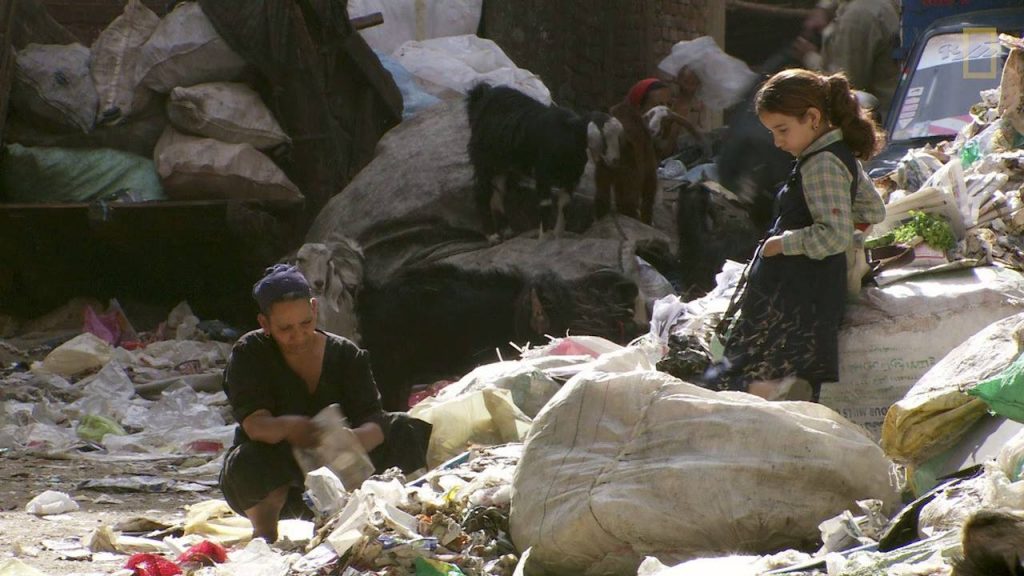






Comments (2)
[…] in the shadows of one of humankind’s greatest architectural achievements, is also the city’s massive waste-management problem. To highlight the issue, artist and historian Bahia Shehab decided to build a pyramid of her own […]
[…] Source link […]